Invented by Francisco J. Quintana, Ivan D. MASCANFRONI, Brigham and Womens Hospital Inc
The increasing prevalence of autoimmune diseases, coupled with advancements in medical research and technology, has fueled the demand for effective treatment methods and compositions. The market is driven by factors such as the rising awareness about autoimmune diseases, the growing aging population, and the increasing incidence of these diseases.
One of the primary treatment methods for autoimmune diseases is immunosuppressive therapy. This approach aims to suppress the overactive immune response responsible for attacking healthy cells. Immunosuppressive drugs such as corticosteroids, methotrexate, and cyclosporine are commonly prescribed to manage symptoms and reduce inflammation. The market for these drugs has been expanding due to their widespread use and the continuous development of new formulations and delivery methods.
In recent years, there has been a growing interest in biologic therapies for autoimmune diseases. Biologics are genetically engineered proteins derived from living cells that target specific components of the immune system involved in the disease process. These therapies, including monoclonal antibodies and fusion proteins, have revolutionized the treatment landscape for autoimmune diseases. They offer targeted and more effective treatment options with fewer side effects compared to traditional immunosuppressive drugs. The market for biologics is expected to witness substantial growth in the coming years, driven by the increasing number of FDA approvals and ongoing research and development activities.
Another emerging area in the market for autoimmune disease treatment is cell-based therapies. These therapies involve the use of stem cells or immune cells to modulate the immune response and promote tissue repair. Stem cell transplantation, for example, has shown promising results in the treatment of diseases such as multiple sclerosis and systemic lupus erythematosus. The market for cell-based therapies is expected to grow as more clinical trials are conducted and regulatory approvals are obtained.
In addition to treatment methods, the market for compositions used in autoimmune disease management is also expanding. Compositions such as diagnostic kits, biomarkers, and companion diagnostics play a crucial role in disease diagnosis, monitoring, and personalized treatment. These compositions aid in identifying specific autoimmune diseases, predicting disease progression, and selecting the most appropriate treatment options for individual patients. The market for these compositions is driven by the increasing demand for accurate and efficient diagnostic tools and the growing focus on personalized medicine.
Overall, the market for methods for treating autoimmune diseases and compositions is witnessing significant growth and innovation. The increasing prevalence of autoimmune diseases, coupled with advancements in medical research and technology, has created a favorable environment for the development of new and improved treatment options. As the understanding of autoimmune diseases continues to evolve, the market is expected to witness further expansion, driven by the demand for more targeted and personalized therapies.
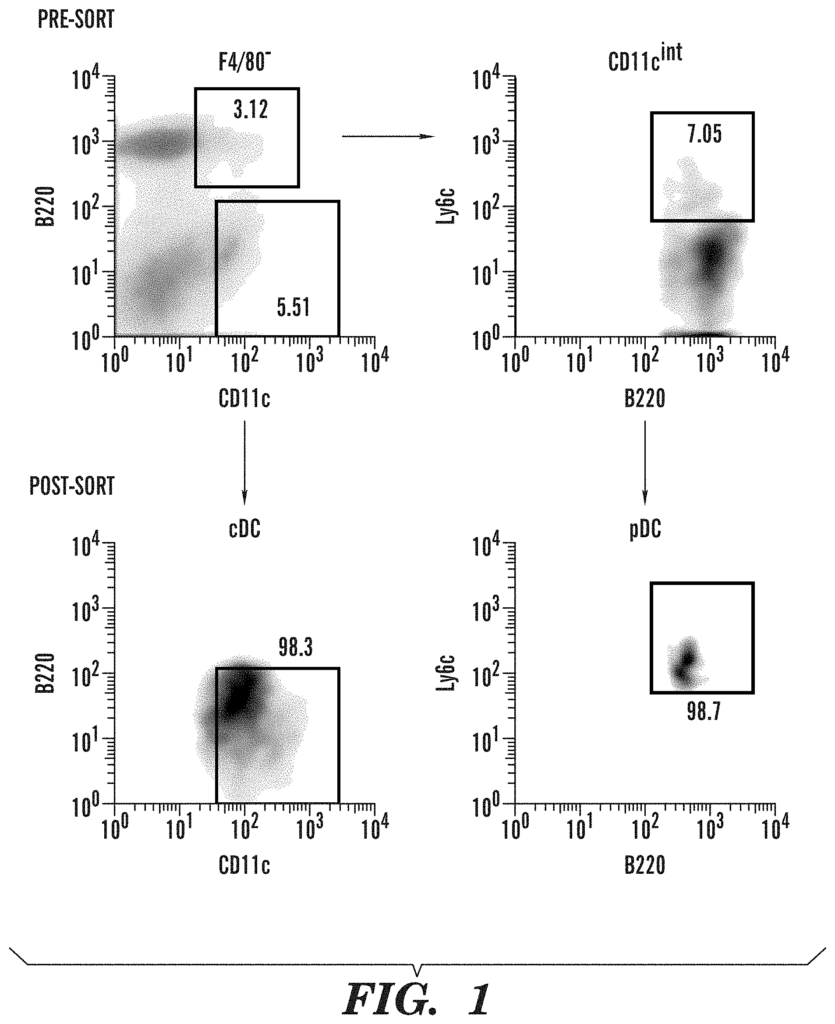
The Brigham and Womens Hospital Inc invention works as follows
Embodiments” of the various aspects described in this document are directed at methods and compositions that produce a tolerogenic dendritic cells or an immunosuppressive one. In particular, an immunosuppressive dendritic cell can be produced by contacting a dendritic cell with an agent that stimulates the IL-27/ectonucleotidase CD39 axis signaling. The methods and/or compositions described in this document can be used to treat an autoimmune disorder or disease, such as but not limited, multiple sclerosis and type 1 diabetic.
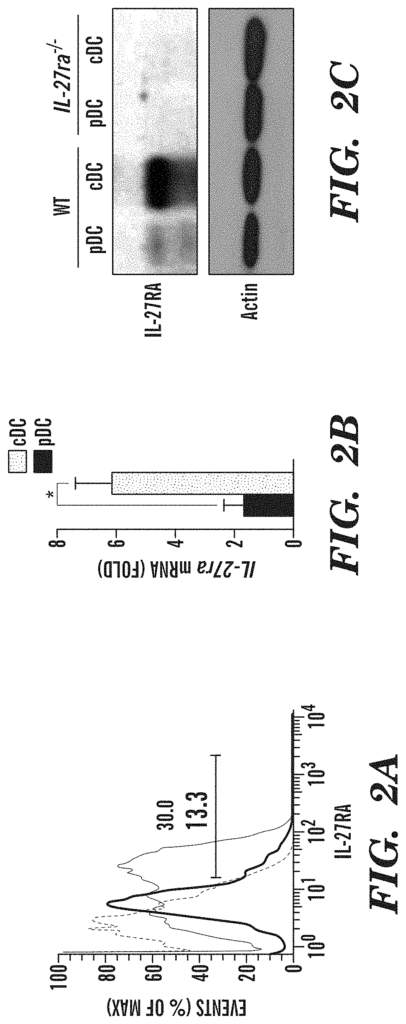
Background for Methods for treating autoimmune diseases and compositions
Immunosuppressive dendritic cells and methods of generating the same
Methods for Treating Immune-Related Diseases and Disorders, including but not limited to Autoimmune Diseases and Disorders”.
(II CD39 and its Agonists
(III) ATP Degrading Agents
Pharmaceutical Compositions
Some Selected Definitions
EXAMPLES
Example 1
Comparison between the Expression of IL27 Receptor -Chain in Conventional Dendritic Cells and Plasmacytoid Dendritic Cells
Example 2
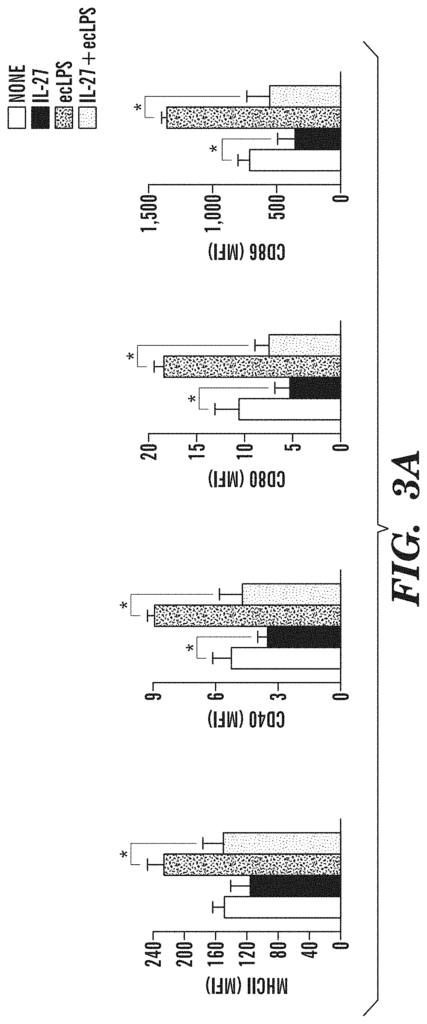
Effects of IL-27 in the Function of cDCs”.
Example 3
Effect IL27RA in DCs On Development of Experimental Autoimmune Encephalomyelitis
Example 4
Transcriptional effects of IL-27 in DCs
Example 5
Identification of a Molecular/Ligand Mediates the Inhibitory effects of IL-27
Example 6
CD39 Controls Activation Of The NLRP3 Inflammasome”.
Example 7
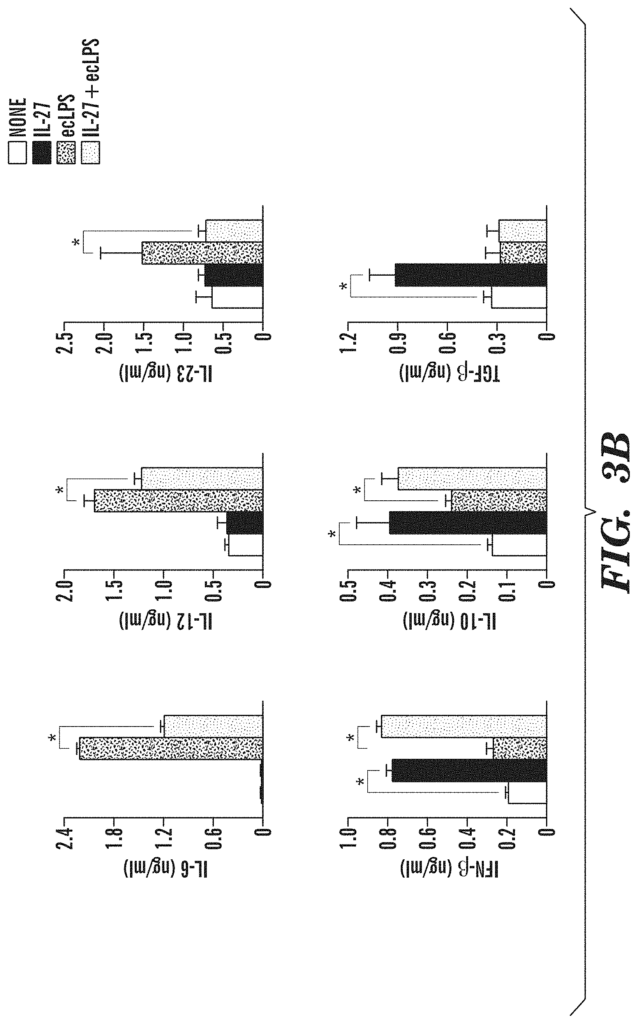
Effects of CD39 on EAE Development in DCs
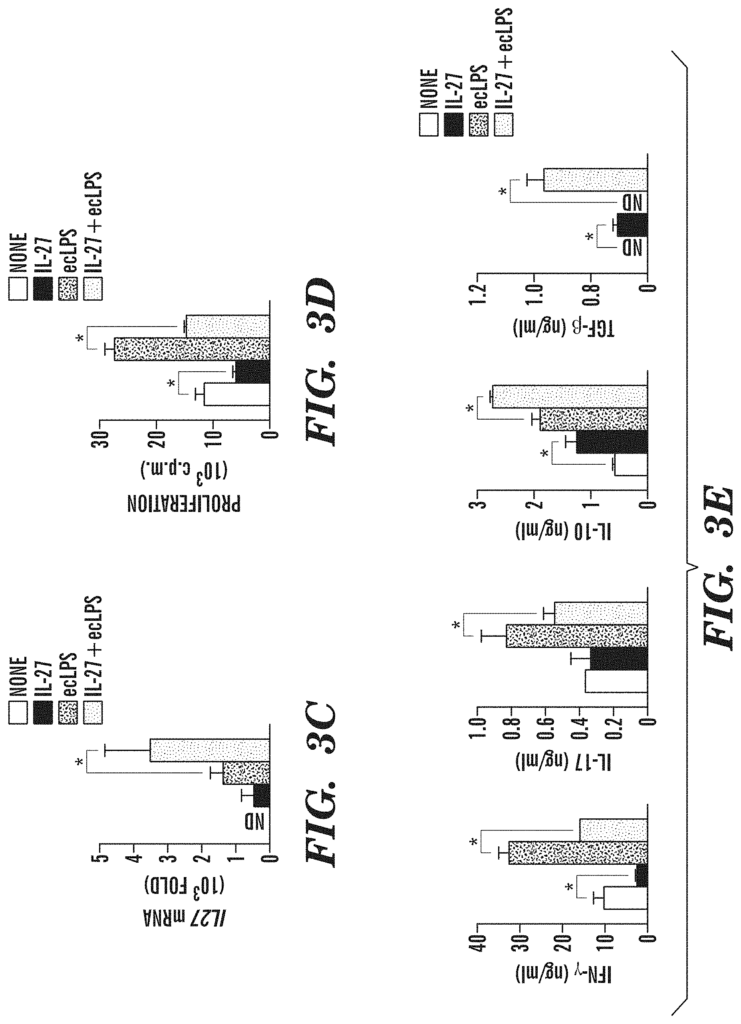
Click here to view the patent on Google Patents.
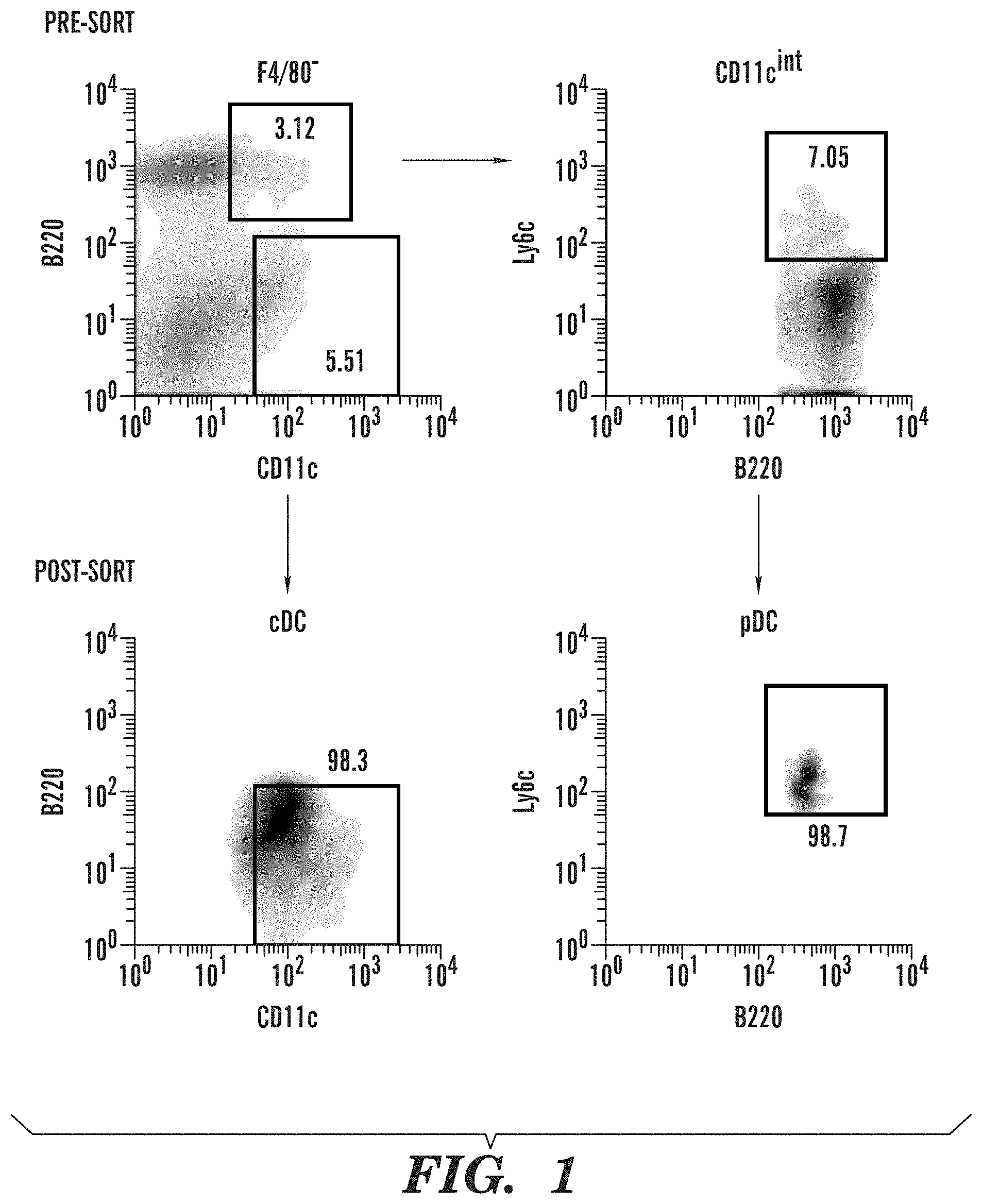
Leave a Reply